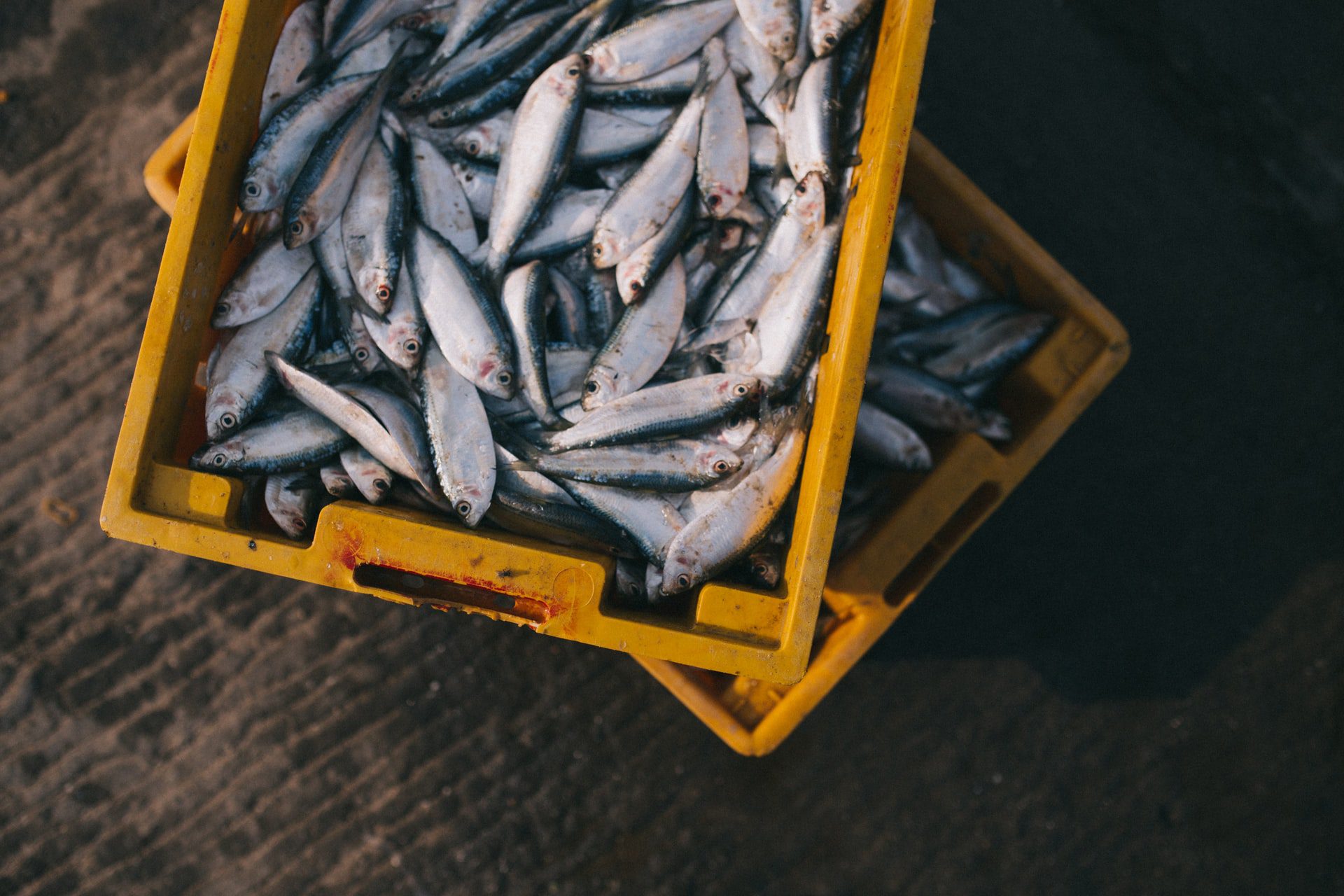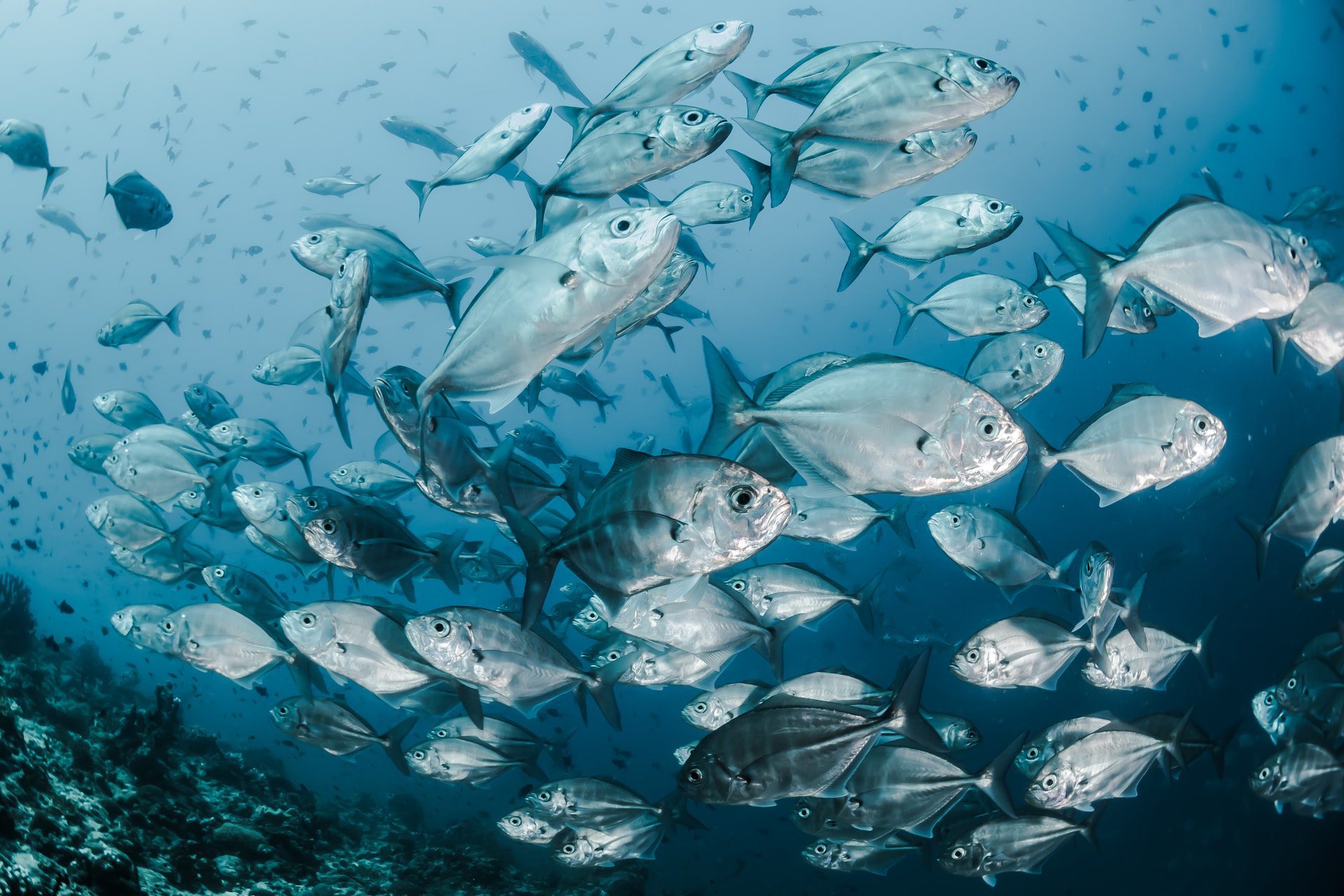01/18/2022 | Aquaculture | 8 MINUTE READ
Understanding Aquaculture and its role in our Industry

Among the most popular types of farming is aquaculture, which involves farming various types of seafood. Businesses that specialize in aquaculture can breed and eventually harvest animals and plants in either sea water or fresh water. The harvested animals/plants are then prepared for human consumption. Also known as fish farming, aquaculture offers many benefits to the world, the primary of which is that it provides more than 50% of the fish that people eat. Fish farming is the quickest-growing sector of food production in the world.
Because of the constant increase in the world’s population, being able to tap into different sources of food is essential to reduce hunger wherever possible. While fish are naturally produced in oceans and other bodies of water, the population of fish has become scarcer over time because of too much fishing, water pollution, and other issues. Fish farming is designed to complement wild-caught fish, which should lessen the number of species that become threatened or endangered by the growing demand for fish.
There are many additional reasons why aquaculture has become highly important. Along with producing a substantial amount of food that humans can eat, aquaculture can also be used to restore habitats and rebuild populations of endangered and threatened species. Keep in mind that aquaculture isn’t limited to certain bodies of water. It occurs in ponds, rivers, and coastal ocean waters. In fact, it’s possible for aquaculture to occur on land in sizable tanks. This article provides you with a more detailed guide on what aquaculture entails and the role that it has in today’s world.
Different Types of Aquaculture

While aquaculture can occur in many different sources of water, fish farming is essentially separated into two distinct types. The two types of aquaculture include aquaculture that takes place in a natural environment and aquaculture that occurs in a tank. When fish farming is done in a natural environment, the fish that are farmed can come from freshwater or seawater environments.
Natural Environment Aquaculture
In seawater, fish like sea bass, salmon, and trout are farmed directly in floating cages. These cages are anchored into the seabed, which ensures that they remain in place regardless of the conditions in the water. The cages themselves are made from nets. Cages can also be anchored directly in freshwater to farm fish that are raised in ponds. These species of fish include young salmon, trout, and arctic char.
Tank Aquaculture
Fish farming in tanks is also possible and can occur in practically any on-land location. With this type of farming, fish grow in rearing tanks that are filled with water. Just like fish farming in the natural environment, fish farming in tanks can be done with fresh water and seawater species. All that’s required of the company or individuals performing this type of fish farming is to fill the tank with the appropriate water before getting started, monitoring the water quality, and making the appropriate adjustments.
The most important water quality factor is ensuring adequate oxygen levels, This is typically monitored using established technology such as galvanic sensors but in more sophisticated systems optical sensors and even smart sensors can be effective. The fish you intend to farm must be grown in an environment that’s natural to them.
There are several types of tank systems that can be used in tank fish farming, which include an open system, a closed system, or a recirculation system. In the event that you use an open system, the water within the tank can only be used a single time before the tank needs to be emptied and refilled. On the other hand, the water is recycled in a closed system or recirculation system. While each system has its benefits, a closed or recirculation system may be more beneficial if you want to properly manage water consumption.
The type of on-land fish farming that’s performed also depends on the fish that’s being farmed. For instance, it’s possible for shrimp to be farmed in ponds, brackish water, or open ground tanks. Clams and oysters can be grown in pockets or on rope. Before you start performing fish farming of any kind, it’s important to identify what the best environment is for the species of fish that you would like to farm. In tanks water quality management becomes even more critical and in addition to monitoring dissolved oxygen levels, measurements like pH, ORP, ammonia and more may be helpful. Essentially all measurements taken to ensure a healthy aquatic environment are important.
Benefits of Aquaculture

Aquaculture has many benefits that you should take into account if you’re thinking about performing fish farming. As mentioned earlier, a clear advantage of aquaculture is that this type of farming is necessary to assist in feeding the world. It’s estimated that the world’s population will be right around 9.7 billion by 2050.
While the rate of increase has slowed somewhat in recent years, the food demands are still expected to be exceedingly high, which is why aquaculture is needed. When the world population nears 10 billion, heavy strains will be placed on all types of food. However, the strain is even more noticeable with fish since there is essentially a limited amount of fish that can be harvested.
Even today, stocks of wild fish are reducing at a surprising rate. Nearly one-third of all wild fish stocks have reached the biological limit as a result of overfishing and other destructive fishing practices. The reason that strain is being placed on wild fish stocks is that they are essentially being caught and prepared for consumption at such a high rate that they are unable to replenish before once again being removed from their habitats.
It’s possible for fish farming to mitigate these issues by helping the world meet the growing demand that the population has for seafood. With this type of farming, populations in less developed countries are able to have access to the proteins that their bodies need without placing undue amounts of pressure on various species of wild fish. As touched upon previously, aquaculture is currently the quickest-growing sector of food production throughout the world, which provides some tangible benefits.
Disadvantages of Aquaculture

Even though aquaculture offers numerous benefits, there are some drawbacks to consider with this type of farming. Because of how rapidly this form of farming has grown, there are some challenges and issues to contend with. In the event that a fish farm is poorly managed, a few of the many issues that could arise include:
-Bad working conditions for employees
-Substantial water pollution that worsens natural habitats
-Damage that extends to the local environment
As the aquaculture industry continues to grow, both the negative and positive impact that it has will grow as well. More demand for fish means that there is more demand for aquaculture. As such, the number of poorly managed fish farms will invariably increase over time. Despite the many advantages of using fish farming, you should also be aware of some of the problems connected with this type of farming if you want to keep these problems at bay while farming fish.
The Importance of Aquaculture
Aquaculture has proven to be a highly important form of farming for the entire world that is able to lessen the pressure that’s placed on the world’s food supplies. To understand the importance of fish farming, you should first know how this type of farming works. In most cases, the production chain can be separated into four stages, which begin in hatcheries and end in grocery stores or restaurants.
The initial stage of aquaculture production involves the hatchery, which is where fish are bred, hatched, and reared. After these species of fish have matured, they are transferred directly to a farm. At this point, they will be grown in the farm until they reach acceptable harvest size. At these farms, fish use feed that’s made at feed mills. Once the fish reach harvest size, they are sent to a large processing facility to be packaged and transported to grocery stores and food retailers.
Fish farming is needed because of the dangers caused by overfishing throughout oceans and similar natural resources. In fact, the rate at which overfishing occurs is increasing with each passing year, which further increases the need for aquaculture. With aquaculture in place, an alternate source of seafood is available, which reduces some of the issues that are caused by overfishing. Since oceans are unable to naturally provide enough seafood to meet demand, it’s important that fish can be properly grown in other locations.
Keep in mind that it’s possible to farm fish sustainably and responsibly. In fact, aquaculture is among the most sustainable options when compared to the farming of other proteins. Seafood is considered to be very resource-efficient, which is displayed by it having the highest retention of proteins compared to pork, beef, and chicken. Fish farming also benefits from lower emissions of greenhouse gases than the other three types of farming, which is another way that aquaculture is better for the environment.
When taking the 2050 population estimates of 9.7 billion into account, animal protein demands are expected to increase by just over 50%. As such, it’s more important than ever to take a sustainable approach when feeding the world. While there are invariably going to be risks involved with fish farming, these risks can be avoided altogether by performing aquaculture in an environmentally friendly and socially responsible manner.
Posted by Sensorex on January 18, 2022
Sensorex is a global leader in the design and manufacture of quality sensors for water quality and process applications. The company offers more than 2000 sensor packages for pH, ORP, conductivity, dissolved oxygen, free chlorine, chlorine dioxide, UV transmittance and other specialty measurements, as well as a full line of sensor accessories and transmitters. Its expert technical support engineers solve analytical sensor challenges with custom designs and off the shelf products.




